The 'lost' country homes of north Derbyshire's most powerful families revealed
and live on Freeview channel 276
Now, with some notable exceptions, they stand forlorn and crumbling, or have disappeared completely, with few passers-by aware of their illustrious past.
There are more than a dozen ‘lost’ country houses dotting the landscape within just a 10-mile radius of Chesterfield.
Advertisement
Hide AdAdvertisement
Hide AdThey include a ruined mansion which once served as a backdrop to a Hollywood film, the former manor homes of well-known Derbyshire families and several houses built on the historic sites of much older Medieval country seats.
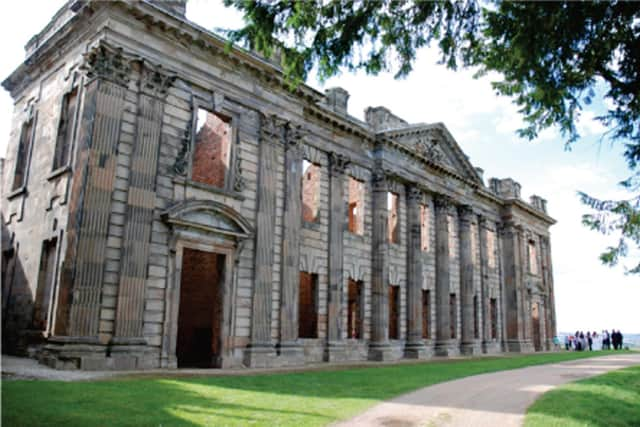

Chesterfield and District Civic Society has produced a list of some of the lost, or much reduced, country properties in the area and given an insight into their fascinating past.
In Chesterfield itself are several vanished country houses – with very different stories and in varying states of repair.
Linacre Hall, at Brampton, was demolished by the successors of the Duke of Newcastle and the site is now a car park for Linacre Park.
Advertisement
Hide AdAdvertisement
Hide AdPhilip Riden, chair of the civic society, said: “It was occupied for several generations by a family named Linacre, who died out locally in the late 17th Century, when the house was bought by the Duke of Newcastle.”
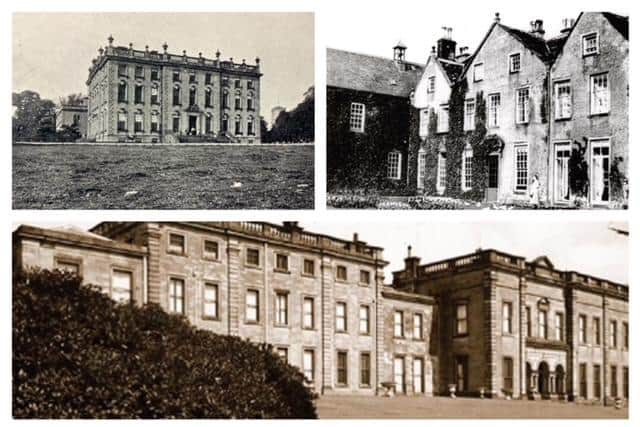

Nearby Caus House Farm, at the southern end of Old Brampton village, stands on the site of the house belonging to the main manor in Medieval times.
It was held for several generations by the Caus family, one of whom has a fine monument in Old Brampton church.
A large house, Walton Hall, stood on high ground adjoining Foljambe Avenue from the time of Domesday Book, when the Breton family were lords of the manor of Walton.
MORE: Rail plan promises Chesterfield to London in 76 minutes but politicians say it's 'nothing new'
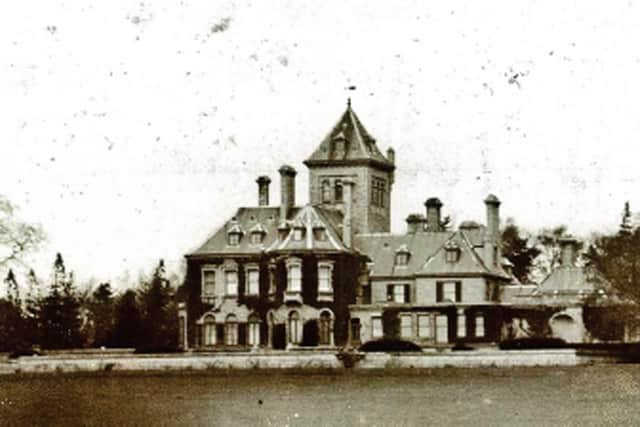

Advertisement
Hide AdAdvertisement
Hide Ad"Replaced in the 16th Century by a huge mansion, said to contain 42 principal rooms, built by the Foljambe family, who sold the estate in 1633,” Mr Riden added.
"The mansion was later demolished and the present 18th Century farmhouse built on the site.”
Spital House was a 17th Century pile which stood near the northern end of Spital Lane.
"It passed through various hands and ended its days as the home of the general manager of the Lancashire, Derbyshire & East Coast Railway, which ran behind it on its way from Chesterfield Market Place station to Lincoln,” Mr Riden said.
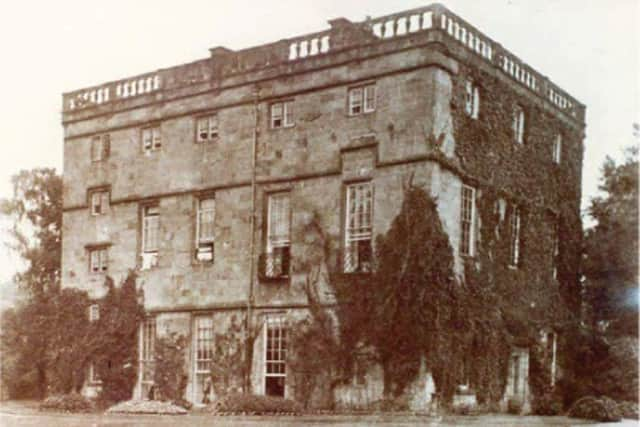

Advertisement
Hide AdAdvertisement
Hide AdSome houses survived in some form until relatively recently.
Whittington Manor, a 16th or 17th Century house later superseded by Whittington Hall as the home of the lords of the manor of Whittington, was demolished as late as 1977.
The villages and countryside around Chesterfield were also graced by several grand country houses.
Brimington Hall, also dating back to at least the 17th Century, was a manor house in the centre of the village and demolished in 1924–31.
Advertisement
Hide AdAdvertisement
Hide AdMr Riden said: “Two rooms are believed to have been salvaged and shipped to the United States.
"The hall probably stood on the site of a Medieval house which was the home of a family named Brimington, who were lords of the manor.”
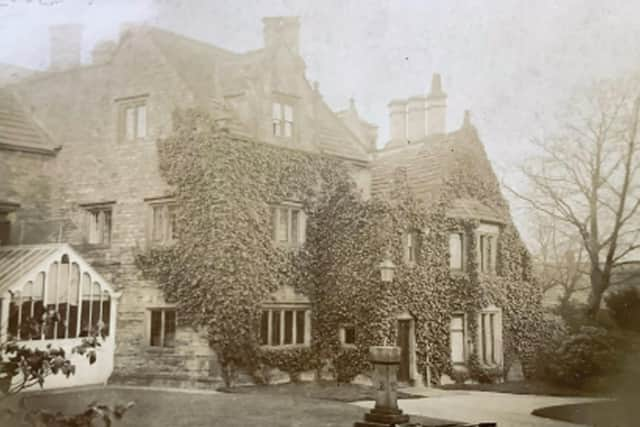

It is also believed the site of Wingerworth Hall has its origins in the Medieval period.
"A new house was built about 1600 by the Hunloke family, who had recently bought the estate,” Mr Riden said.
Advertisement
Hide AdAdvertisement
Hide Ad"Replaced in the 1720s by the early Georgian mansion which was demolished in the 1920s, leaving behind it two detached ranges, which probably dated from the 1690s.”
Interiors of Wingerworth Hall can now be found in American museums – with another in a private residence in Dallas, Texas.
US collectors also swooped on former rooms at one of the county’s most prominent country houses, Sutton Hall, which rises majestically above the noise of traffic on the M1 at Sutton Scarsdale.
"The modern house on the site dates from the 1720s and was left to fall into ruin in the 1920s, revealing traces of an earlier house,” Mr Riden said.
Advertisement
Hide AdAdvertisement
Hide AdConserved by English Heritage as a nationally important example of a ruined country house.
"Some of the rooms were sold to US museums and the ruined interior appears in the Hollywood film ‘Kitty’.”
Other country houses were hit by misfortune.
Tupton Hall, at Old Tupton, built by the Gladwin family in the 17th Century and later a grammar school, was destroyed by fire and demolished just before the Second World War.
Pleasley’s Stuffynwood Hall, described by the civic society as a ‘spectacular Victorian mansion’ built on the site of an older house, survived until 1988, after being requisitioned by the Army during the 1939-45 conflict.
Advertisement
Hide AdAdvertisement
Hide AdRising spectacularly above the River Amber, and visible from the Midland Main Line railway and the Belper to Chesterfield road, Wingfield Manor, South Wingfield, is a nationally important 15th Century fortified manor house.
"It was owned in the 16th Century by the earls of Shrewsbury and later allowed to fall into ruin,” Mr Riden said.
"Consolidated some years ago by English Heritage and briefly opened to the public.”
Oldcotes, at Heath, was notable as the last mansion built by the fantastically wealthy Elizabethan noble lady Bess of Hardwick.
Advertisement
Hide AdAdvertisement
Hide Ad"It was completed in the 1590s for her second son William Cavendish,” the civic society say.
"Because his first wife died young, William never moved to Oldcotes from Hardwick and the house was little used.”
Slight traces of Park House, at Pilsley, were discovered n the mid-19th Century when Park House colliery was sunk.
The Deincourt family had the mansion between Pilsley and Morton in the Middle Ages, which was later completely demolished.
Advertisement
Hide AdAdvertisement
Hide AdEastwood Hall, at Ashover, was a 16th or early 17th Century house built by the Reresby family, which was reduced to a ruin by a skirmish in the Civil War and has steadily
decayed since.
Glapwell Hall also dates back to the 17th-century house and was demolished in the early 1950s.